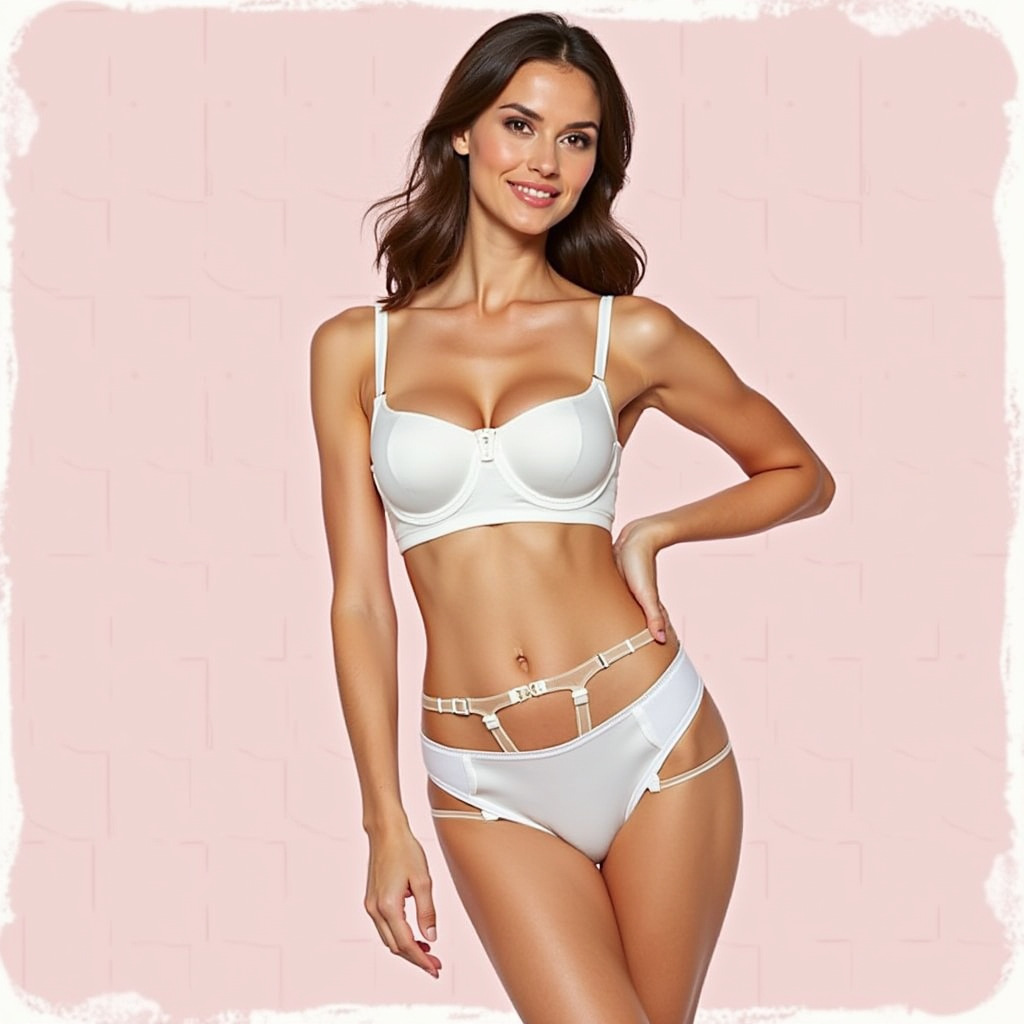How To Actually Measure Your Bra Size For a Perfect Fit

The quest for the perfect bra fit is more than just about comfort; it’s about enhancing your overall appearance and boosting confidence. As Emily Blundell, founder of Bluebella, aptly puts it, “It helps your clothes look good and it gives you confidence.” Unfortunately, many of us are in the dark about our true bra size. Studies show that up to 80% of women wear an ill-fitting bra.
Understanding the Importance of a Well-Fitted Bra
A well-fitted bra can elevate your silhouette effortlessly, making clothes fit better and enhancing your posture. On the other hand, an improper fit can lead to discomfort such as shoulder pain, back pain, and even tension headaches. Regularly measuring your bra size is crucial since our bodies change over time due to various factors like weight fluctuations, hormonal changes, or age.
Why Your Bra Size Might Change
- Pregnancy
- Weight Fluctuations
- Hormonal Changes
- Exercise and Activity Levels
- Aging
How to Measure Your Bra Size at Home
To get the perfect bra fit, you need two measurements: your band size and cup size. These are relatively straightforward with a measuring tape.
Measuring Band Size
- Stand upright without wearing a bra.
- Measure around your ribcage directly under the bust where a bra band would typically sit.
- The number you get is generally your band size. If it’s odd, round up to the nearest even number for the closest fit.
Measuring Cup Size
- Wear a non-padded bra for support and measure around the fullest part of your bust.
- Subtract your band measurement from this bust measurement. The difference gives you your cup size, based on these increments: 0 inches = AA; 1 inch = A; 2 inches = B, and so forth.
Determining Your Bra Size
Combine the numbers for band and cup sizes to find your perfect bra measurement (e.g., 36C). Remember, variations in fabric, padding, or brand can affect how a bra fits, so consider these factors when shopping.
Tips for Finding Your Perfect Fit
- Start with the center hook on new bras to allow room for adjustment.
- The band should fit snugly but not too tight. It shouldn’t ride up during the day.
- Adjust straps so they are secure but not overly tight; they should stay in place without cutting into your shoulders.
Diagnosing Common Fit Issues
If you’re experiencing problems with your bra fit, here’s what to check:
Bra Straps Falling Down
- Ensure the band size is correct. Adjust straps for additional support if necessary.
Band Riding Up in the Back
- Loosen your straps or adjust to a tighter hook setting on your bra.
- If this doesn’t work, consider going up a band size and down a cup size for better fitment.
Choosing the Right Bra Style for Your Shape
Different body shapes require different types of bras to enhance their natural silhouette:
- Rounded Breasts: Opt for balconette or demi bras with supportive underwire.
- Bell-shaped Breasts: Choose full-coverage styles with closer-set straps.
- Wide-set Breasts: Plunge bras can help prevent gaping by accommodating wider busts.
Where to Find Your Perfect Fit Online
If you’re searching for specific sizes or styles, several online brands cater to diverse needs. Consider exploring sites like:
- Evelyn & Bobbie
- Freya and Beija
- Bravissimo
- Honeylove and Bare Necessities
Making an effort to find the right bra size can transform how you feel about yourself. With a well-fitted bra, step out in confidence knowing your wardrobe complements your best features.